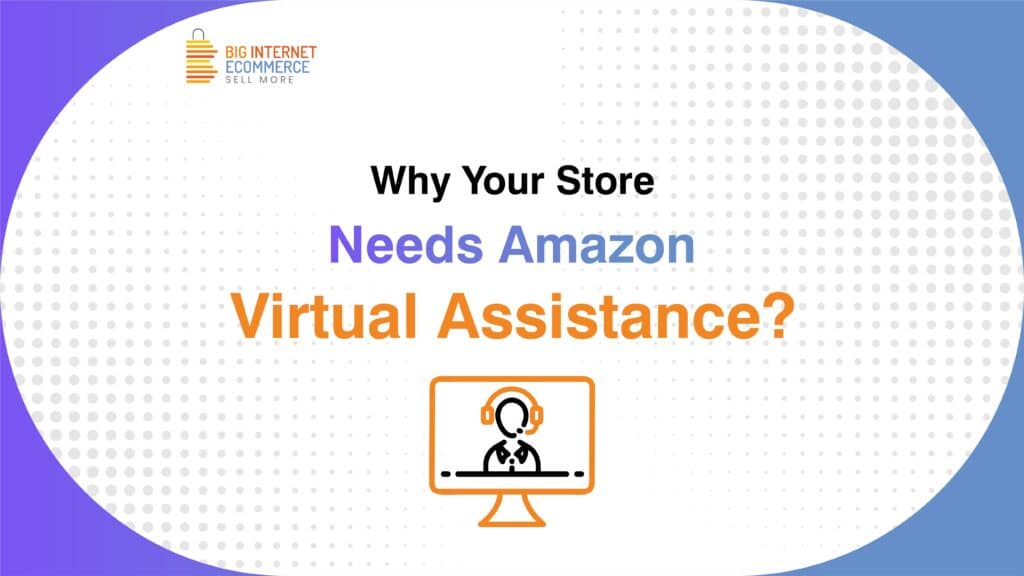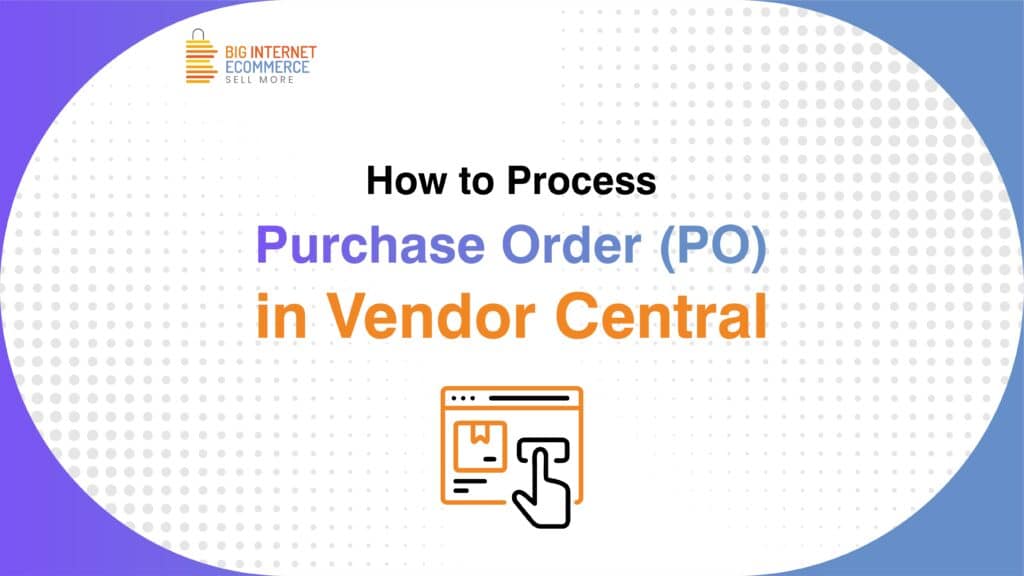Why Your Store Needs Amazon Virtual Assistance?
It’s natural to be confused about hiring virtual assistants for managing your store on Amazon, but different sellers have different business objectives, and the most common of them is staying up-to-date. Whether you are new to Amazon seller central or a top seller on the Amazon marketplace, you should hire an Amazon expert for complete store management. Things To Consider There are some requirements you should have as a top Amazon seller before hiring Amazon virtual assistance. Whether you deploy a team of professionals or a single service expert, you need assistance that perfectly fits your business. A team of Amazon experts will make sure your store is always up to date and that your content is revised as per Amazon’s changing guidelines. There are some basic requirements you should expect from an Amazon VA (virtual assistant) and such services include: ASIN Optimization To improve product visibility on Amazon, your VA should be conducting routine checks on the content like in the product description, search terms, and bullet points. This means that as an amazon human resource, your products should be optimized accordingly. Right from competitive research of keywords and ranking, to generating high-quality content, that is specifically (Amazon-rich) keyword based, your VA should enhance the product’s visibility so it ranks higher on Amazon’s marketplace. This ensures you get higher traffic with customers being directed to your product’s page. This process includes generating high-value content that contains keywords that are indexed regularly. Amazon A+/EBC Content Creation Every seller on Amazon receives the bonus of creating A+ templates for their listings to enhance brand awareness and product visibility. This process of generating A+ content, and understanding the guidelines of the different templates present on seller central, are unique assets of an amazon human resource who’s trained in Amazon content generation & marketing. The templates allow you to feature up to six unique facts about your product, including banners, high-quality images and brand history. The tricky part is getting your content approved on Amazon because there are many sellers who face a backlash when their A+ is rejected. For example, your EBC submission can face rejection if your logo contains “trademark” or “copyright” symbols, and there are certain words you cannot use in the content. FBA Program – Setting Up Your Account An expert Amazon VA will help you create your FBA account or can assist in converting the FBM into an FBA account. Apart from preparing your products for shipment, the amazon human resource will also ensure that proper labelling is done by downloading barcodes for each unit. Tracking and checking on the units during shipment once they arrive at the warehouse is another task your amazon human resources must ensure. In case of missing units, your amazon human resources will contact customer support and mandate your amount be reimbursed. Inventory management is another major task your amazon human resources should be aware of to ensure your products never run out of stock, especially during the holiday season like Black Friday and Christmas. Conceptualizing Amazon Infographics If you find Amazon virtual assistance in a single platform, you’re lucky because a team of professionals can ensure you receive more than a single benefit. Image services. If you’re an Amazon seller, your product’s presentation is of utmost importance especially if you intend on regularly optimizing the content. While basic e-commerce tasks should be handled at the backend, receiving premium services in the form of Amazon infographics is a huge boost. The process involves upgrading simplistic product images with enhanced brand images that describe all features using both graphics and text. Does Your VA Offer Competitor Analysis? Don’t get confused between an Amazon copywriter and an Amazon Human resource. Find both solutions in one. A thoroughbred copywriter will possess the skill set of writing optimized ad copies, and split testing and will also conduct ASIN optimization. Competitor analysis is another vertical of content management and it includes: Auditing Amazon product listings Checking reviews of competitive listings Finding target keywords used by your competition Study ad campaigns set by your competition Competitive listing’s price and monthly sales estimation Amazon Sponsored Ads Now, this part of your product marketing strategy might get tricky so here’s a quick tip. Hire an expert VA who understands PPC in general and has the ability to monitor, track, and report competitive PPC campaigns. Since Amazon offers sellers the chance to boost their sales during the holiday season, using sponsored ads with high-converting keywords, is a must. Your amazon human resource must know how to set up both manual and auto campaigns, ensure a low ACOS rate, and never forget to stop an automated campaign. Understanding demography is a huge bonus and if your amazon human resource knows where your sales hit the highest, and gives an in-depth knowledge of your best clientele, you’re in for a treat. What about vendor central? Here’s everything your amazon human resource should be following if you’re a vendor and are looking for apt services: Checking the status of inventory, sales, and return numbers Checking PO to see if they’re submitted, pending, and correct Check any issues that might occur with the invoices Check for vendor returns Check for chargebacks and how to resolve those issues Check the status of existing disputes and case logs Check for coupon recommendations Conduct routine operations like new order confirmation, incomplete/ pending shipments, product submissions, order confirmation slip submission, POD submission, and vendor operational performance. BIE will not only help you with day-to-day store management activities but also help create highly optimized product listings, process customer orders, update and manage inventory, analyze competitors, and provide complete customer support. It’s difficult to stay focused on research & development when your backend operations are filling the clock. So, if you do want to work on your business strategies in peace, hire Amazon virtual assistance from a multi-purpose platform.
Why Your Store Needs Amazon Virtual Assistance? Read More »





